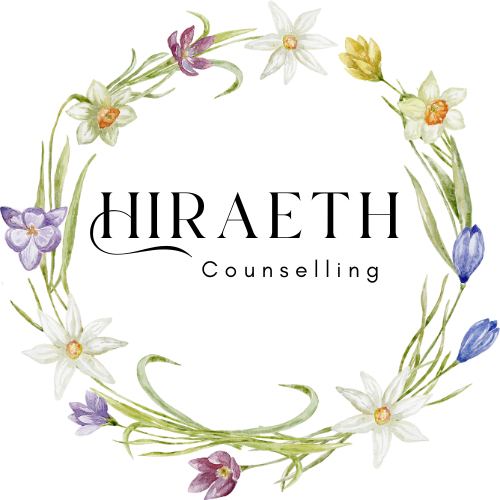Philosopher Martha Nussbaum once wrote that emotions are not irrational storms that descend upon us, but rather, they emerge from judgments about the world and our place in it. They are bound up with what we value, what we believe is good or bad for us, and what we fear losing. If we pause to notice the beliefs behind our emotions, we find that each feeling reveals something about how we make sense of the world.
Take anger, for example. Anger arises when we believe we have been wronged. Fear surfaces when we believe something valuable is under threat. Grief comes when we believe we have lost something we cannot replace. Even joy is not simply a burst of feeling; it is a recognition that life is aligned with what we most deeply value.
The Stoics understood this well. They argued that by examining the judgments beneath our emotions, we can learn to live with greater clarity. The problem, they suggested, is not the emotion itself, but the hidden belief driving it. If we can shift or question that belief, the emotional storm begins to calm.
This does not mean suppressing emotions, nor does it mean treating them as flaws. Rather, it means treating emotions as guides, signals pointing to the beliefs we hold about ourselves and the world. By asking, “What belief lies beneath this feeling?” we take the first step toward self-understanding.
And if we can understand our own emotions in this way, we can begin to extend the same lens to others. When someone lashes out, withdraws, or radiates joy, there is a belief at work beneath the surface. Recognising this can cultivate compassion. Instead of reacting only to the emotion expressed, we might pause and wonder: What does this person believe they have lost, or fear losing, or most hope to gain?
In this sense, emotions are not obstacles to wisdom but doorways into it. To know our emotions is to know our values, our attachments, and our vulnerabilities. To know the emotions of others is to step into their worldview, however briefly. Seeking to understand emotions and behaviour enables the development of empathy, which in turn fosters a deeper connection, not just with others, but also with ourselves. Culturally and historically, individuals have been judged on the outward expressions of behaviour, rather than looking deeper to find the pain, fear, grief or anger behind it.
The Stoic path, then, is not the eradication of feeling but the cultivation of discernment: learning to see emotions as reflections of belief, and beliefs as reflections of how we understand the world and our place in it. This enables us to take responsibility for ourselves, our feelings and interactions, promoting deeper self-awareness.
And perhaps, in that clarity, we find both freedom and connection.







